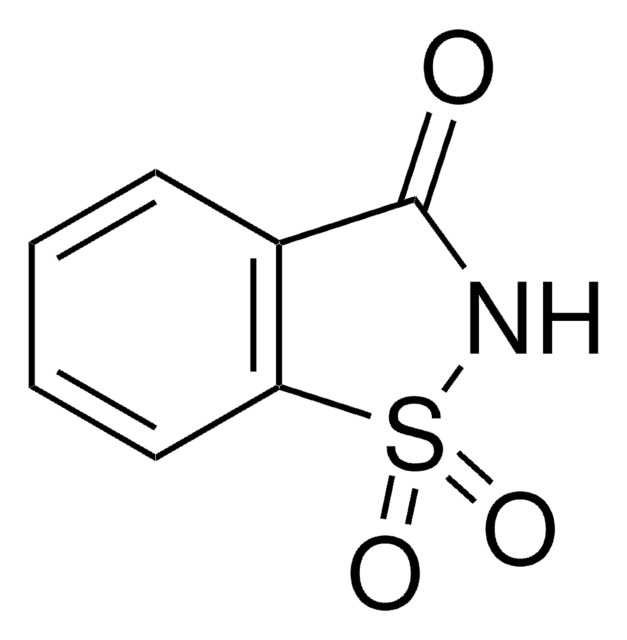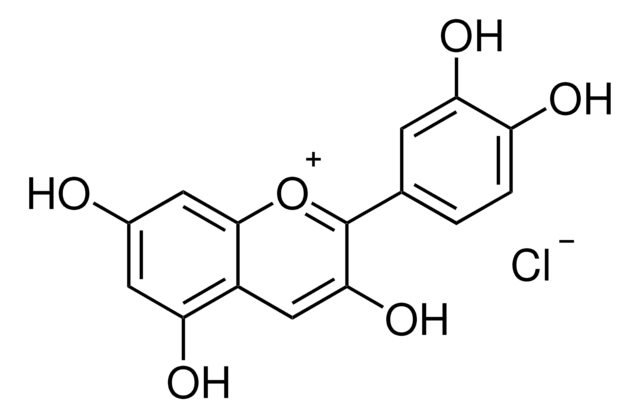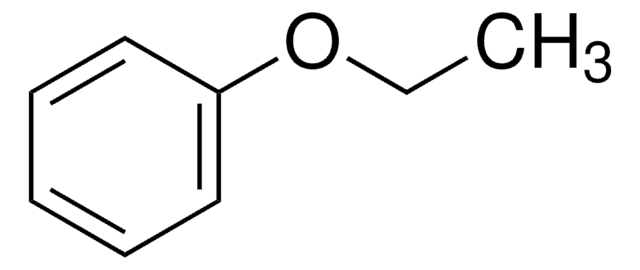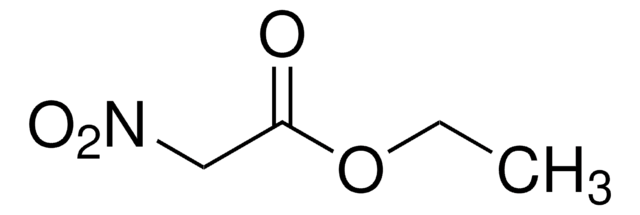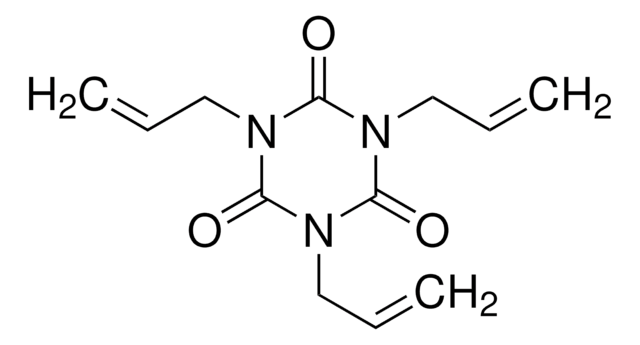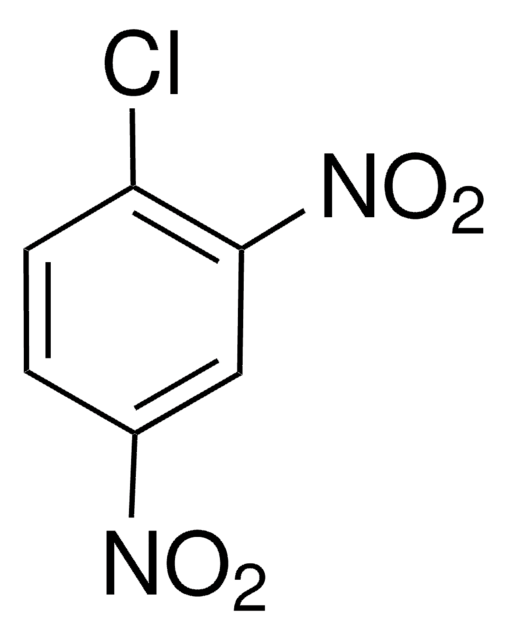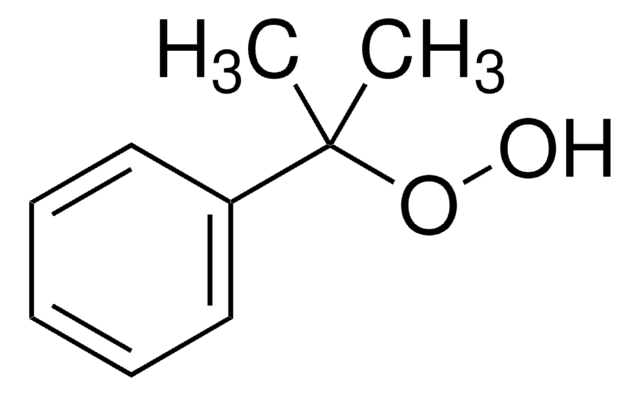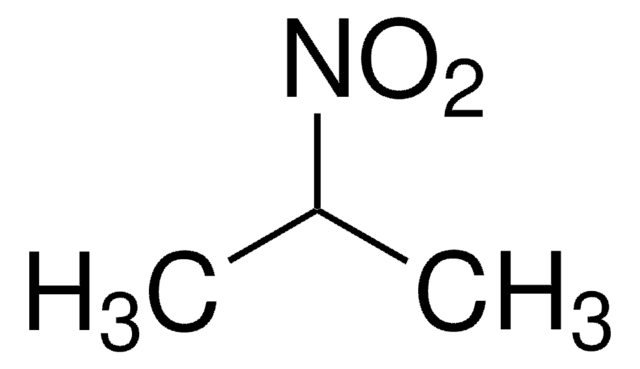All Photos(1)
About This Item
Linear Formula:
CH3CH(NO2)CH2OH
CAS Number:
Molecular Weight:
105.09
Beilstein:
1748592
EC Number:
MDL number:
UNSPSC Code:
12352100
PubChem Substance ID:
NACRES:
NA.22
Recommended Products
Assay
≥95%
form
liquid
refractive index
n20/D 1.439 (lit.)
bp
72-74 °C/1 mmHg (lit.)
density
1.185 g/mL at 25 °C (lit.)
SMILES string
CC(CO)[N+]([O-])=O
InChI
1S/C3H7NO3/c1-3(2-5)4(6)7/h3,5H,2H2,1H3
InChI key
PCNWBUOSTLGPMI-UHFFFAOYSA-N
Looking for similar products? Visit Product Comparison Guide
General description
2-Nitro-1-propanol inhibits methane production during in vitro ruminal fermentation. It is a useful antimicrobial supplement which reduces carriage of certain food-borne pathogens in animals.
Application
2-Nitro-1-propanol was used in improved synthesis of 2,2,2-trinitroethyl ethers.
Storage Class Code
10 - Combustible liquids
WGK
WGK 3
Flash Point(F)
213.8 °F - closed cup
Flash Point(C)
101 °C - closed cup
Personal Protective Equipment
dust mask type N95 (US), Eyeshields, Gloves
Choose from one of the most recent versions:
Already Own This Product?
Find documentation for the products that you have recently purchased in the Document Library.
Y S Jung et al.
Letters in applied microbiology, 39(5), 471-476 (2004-10-16)
To test the inhibitory activity of 2-nitro-1-propanol (2NPOH) against Salmonella Typhimurium, Escherichia coli O157:H7 and Enterococcus faecalis. Specific growth rates (h(-1)) of S. Typhimurium, E. coli O157:H7 and Ent. faecalis were determined during culture in tryptic soya broth (TSB) supplemented
Robin C Anderson et al.
Bioresource technology, 99(18), 8655-8661 (2008-06-10)
Ruminal methane (CH(4)) production results in the loss of up to 12% of gross energy intake and contributes nearly 20% of the United States' annual emission of this greenhouse gas. We report the effects of select nitrocompounds on ruminal fermentation
Synthetic Communications, 20, 3303-3303 (1990)
M Dimitrijevic et al.
Journal of food protection, 69(5), 1061-1065 (2006-05-24)
We report the effects of 2-nitro-1-propanol (2NPOH), 2-nitroethanol (2NEOH), and nitroethane (NE) on growth and survivability of Listeria monocytogenes. In all cases, inhibition was greatest with 2NPOH and least with NE. For example, specific growth rates of L. monocytogenes strain
L A Donaldson et al.
Journal of microscopy, 259(3), 228-236 (2015-05-01)
A novel approach to nanoscale detection of cell wall porosity using confocal fluorescence microscopy is described. Infiltration of cell walls with a range of nitrophenyl-substituted carbohydrates of different molecular weights was assessed by measuring changes in the intensity of lignin
Our team of scientists has experience in all areas of research including Life Science, Material Science, Chemical Synthesis, Chromatography, Analytical and many others.
Contact Technical Service
